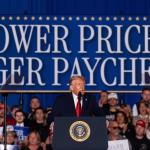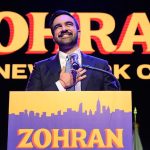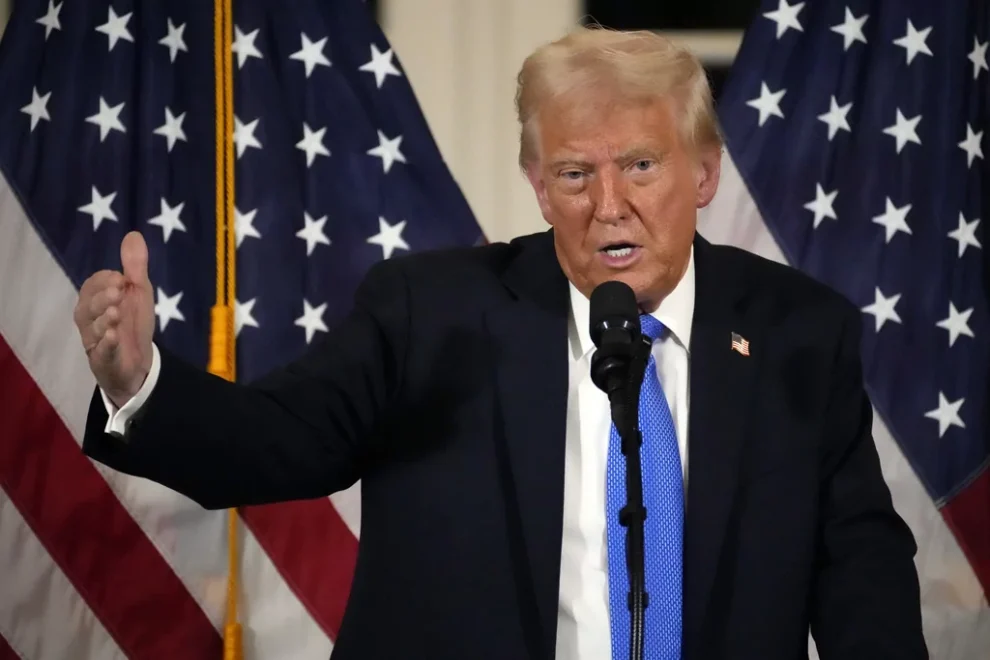The recent firings of federal officials and rounds of executive orders under President Donald Trump have ignited dozens of lawsuits, spurring a growing public debate about the scope of his authority — and whether Trump is restoring powers that the Framers originally intended for the commander in chief.
Many of the lawsuits from former inspectors general disputing their terminations or left-wing organizations fighting executive actions stem from their claims that Trump is attempting to expand presidential authority, while Trump’s allies have drawn historical comparisons to presidents of the earlier 20th century and prior, who faced far less resistance under a much less watered-down interpretation of Article II of the Constitution, which establishes the president’s broad powers and responsibilities.
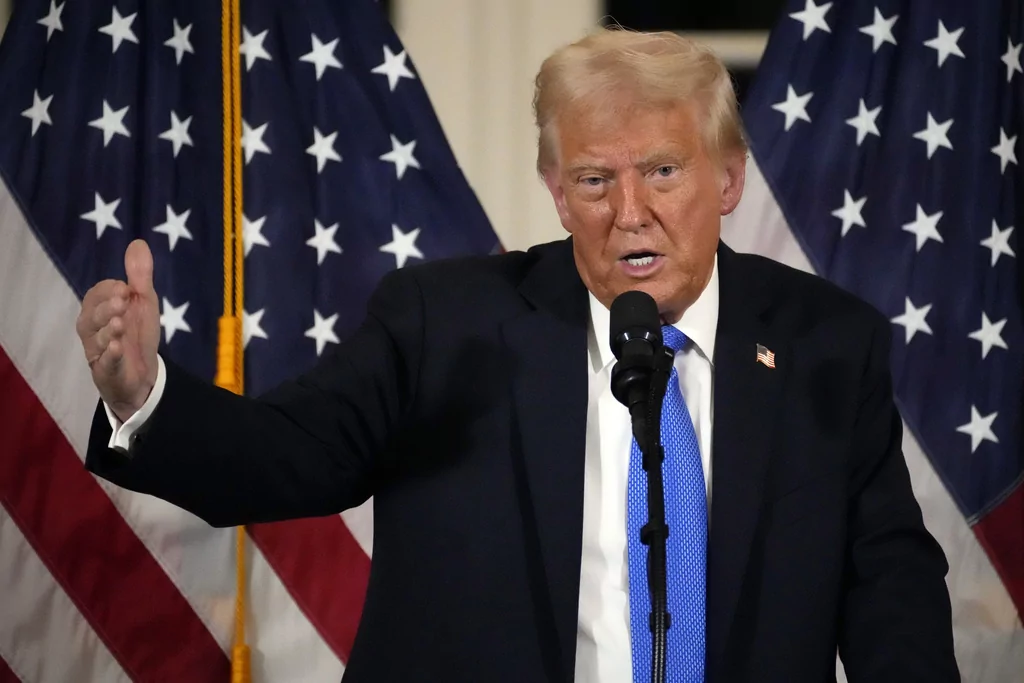
“The President is the embodiment of Article II. Every single person in the executive branch works there because of him,” John Shu, a constitutional law scholar and expert who served in both Bush administrations, told the Washington Examiner. “Both Democrat and Republican presidents have fired inspectors general.”
Trump himself has said over the years that he believes the president has few restraints to governing within the bounds of the Constitution.
“I have an Article II, where I have the right to do whatever I want as president,” Trump said in 2019.
Amid legal adversity, Trump’s orders create tests for future high court rulings
Less than a month into his presidency, Trump has removed more than a dozen inspectors general, the special counsel for government whistleblowers, members of the National Labor Relations Board, the Equal Employment Opportunity Commission, the Merit Systems Protection Board, and multiple federal prosecutors.
In response, several officials have filed lawsuits arguing these dismissals violate legal protections Congress established to prevent politically motivated firings. Special counsel Hampton Dellinger, an appointee under former President Joe Biden who faced scrutiny from Republicans in 2023 over his ties to working with Burisma, the Ukrainian energy company that gave a seat on its board to the former president’s son, Hunter Biden, is among the officials filing lawsuits.
A federal judge temporarily reinstated Dellinger, ruling that Trump’s actions violated a 2022 law protecting the removal of political appointees without giving Congress a 30-day notice. The Trump administration has appealed, arguing that the ruling intrudes on presidential authority over the executive branch.
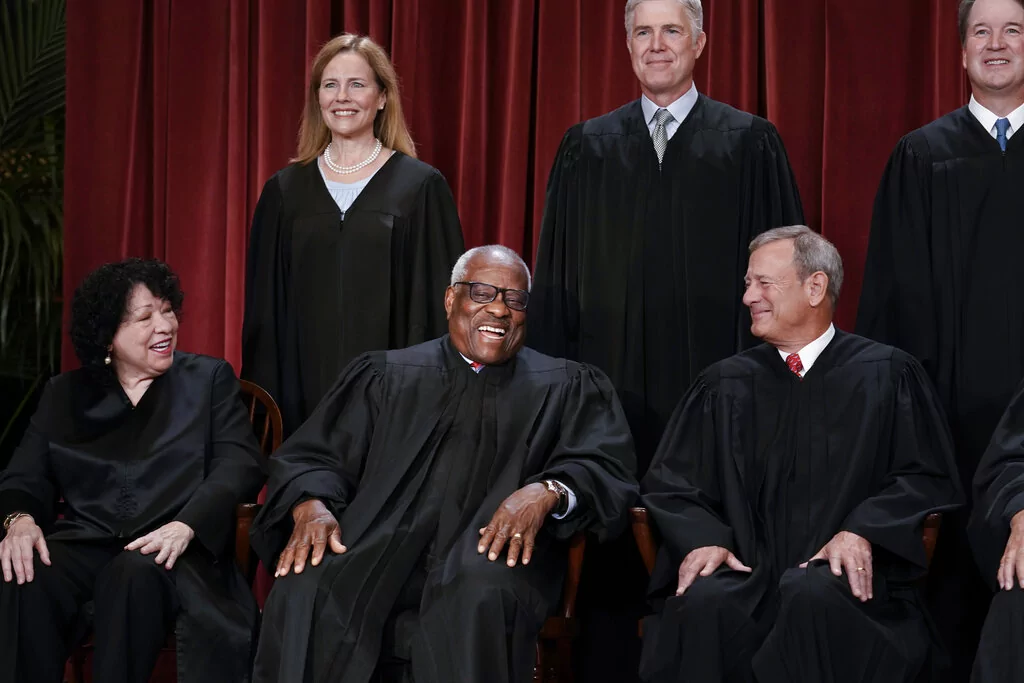
Even if recent laws on the books keep lower courts from upholding Trump’s removal for now, some experts have said it could ultimately lead to a review by the Supreme Court, which has a 6-3 Republican-appointed majority shaped with the help of Trump’s three nominees during his first term.
“I think they are setting up test cases,” David Driesen, a law professor at Syracuse University, told ABC News last week.
Court precedent, both old and new, backs broad Article II powers
In a new development for Dellinger’s case, a federal judge issued a temporary restraining order on Wednesday, further blocking Trump’s efforts to remove him from his post. Judge Amy Berman Jackson, an appointee of former President Barack Obama, wrote that “the effort by the White House to terminate the Special Counsel without identifying any cause plainly contravenes the statute.” Jackson further emphasized Congress’s intent to maintain the independence of the Special Counsel by requiring a clear cause for removal, such as “inefficiency, neglect of duty, or malfeasance in office.” The restraining order leaves Dellinger in place while the court continues to consider the case.
Shu noted that Trump’s removals raise interesting legal and constitutional questions, particularly regarding the inspectors general.
“There is an argument to be made that the inspectors general were not performing their oversight duties effectively, particularly in departments like Education, State, and even the Pentagon, which has failed multiple audits,” Shu said.
He pointed out that the primary role of inspectors general is to monitor waste, fraud, and corruption, and Trump’s removals could be seen as dissatisfaction with their work.
The administration has maintained that these actions are necessary to ensure accountability within federal agencies, arguing that many of these officials failed in their oversight duties or engaged in bureaucratic resistance to his administration’s agenda.
Shu also noted that the Trump administration likely views the 30-day notice requirement to Congress for firing inspectors general as an encroachment on presidential power, agreeing that the Supreme Court affirmed the president’s ability to remove executive officials in cases such as Myers v. United States (1926) and Seila Law v. CFPB (2020). These rulings, respectively, reinforced the notion that the executive branch operates under the direct authority of the president, suggesting that this 30-day policy could be seen as “preferential” rather than “deferential,” Shu said.
Shu also agreed that the Supreme Court has been sympathetic to executive power in its recent rulings, reinforcing the idea that the president has substantial latitude in firing executive branch employees.
“Congress is not saying the President can’t fire them at will, just that he must give notice. But with a sympathetic Supreme Court, this case could be another test of the unitary executive theory,” Shu said.
What is the unitary executive theory?
At the heart of Trump’s strategy is a legal doctrine long embraced by conservative legal scholars, perhaps most notably by Russell Vought, Trump’s newly-confirmed director of the White House Office of Management and Budget and a key figure behind Project 2025. While Senate Democrats staged an all-night protest against his confirmation last week, Republicans ultimately secured his approval.
This doctrine, known as the “unitary executive theory,” asserts that the Constitution vests all executive power solely in the president, giving him sweeping control over the executive branch. Supporters of this view see the language included in Article II as highly broad, which states: “The executive Power shall be vested in a President of the United States of America.” Unitary executive theory supporters suggest the theory arose during the Constitutional Convention of 1787 in the Virginia Plan, according to Cornell Law.
Some pundits have speculated whether lawsuits such as Dellinger’s could ultimately backfire against his efforts to remain in place despite Trump’s order of removal. RealClearPolitics‘s Sean Trende recently questioned the possible strategy on social media, writing on X, “Are the Democrats *trying* to get a sweeping unitary executive theory ruling out of the Supreme Court? Because some of these cases literally have the worst possible fact patterns I can think of to convince” Chief Justice John Roberts, Justice Brett Kavanaugh, and Justice Amy Coney Barrett “to show judicial restraint.”
While the path toward the Supreme Court embracing such a theory is less clear, some experts have said the culmination of cases challenging various actions Trump has enacted thus far could incentivize the court to address it at some point down the line. This “Supreme Court is very likely to expand the theory and overrule other cases that are in tension with it,” Driesen told ABC News.
Presidents of the past had more room to freeze funds
Trump’s broader governance strategy also includes halting certain federal funding allocations, a move that has sustained challenges due to the Impoundment Control Act of 1974.
This matter recently gained new relevance when, on Jan. 31, Chief Judge John McConnell of the District Court of Rhode Island, an Obama appointee, ordered the Trump administration not to “pause, freeze, impede, block, cancel, or terminate” any grants to states unless authorized by law. McConnell’s order, which also appeared to extend to certain nonparty recipients such as Brown University and the University of Washington, has been described by experts as lacking clarity. The confusion may have deepened after the judge issued a clarifying order Wednesday that kept his restraining order in place but admitted that the order “does not prevent the defendants from limiting the disbursement of funds under their respective statutory authorities,” meaning funds can still be withheld under normal legal procedures but not through the blanket freeze Trump sought.
Shu explained that historically, presidents since Thomas Jefferson have exercised impoundment powers.
“What the Trump administration is saying is that they are just temporarily pausing some of these programs while they assess fraud or waste. That’s different from permanently defunding them,” he said.
The question of impoundment has long been contested, with Congress asserting its power of the purse while the executive branch argues for latitude in executing congressionally allocated funds. If litigation over the federal spending freeze ultimately results in the Supreme Court giving the final say, a favorable decision could revive heightened presidential discretion in federal budgetary matters.
On birthright citizenship, ‘originalism,’ and constitutional reinterpretation
The executive order that has received by far the highest scrutiny in early court battles surrounds Trump’s effort to end birthright citizenship for children born in the United States to a family where neither parent holds legal citizenship. So far, four separate district courts with judges ranging from appointees of former Presidents Ronald Reagan, George W. Bush, and Biden have stopped the order from taking effect by its Feb. 19 deadline. Trump’s appeals are already underway.
The core problem in these three lawsuits revolves around the 14th Amendment, which was added to the Constitution in 1868 following the Civil War and the Dred Scott Supreme Court decision. That earlier ruling declared that Scott, an enslaved man, was not a citizen even though he lived in a free state.
In 1898, the Supreme Court ruled in United States v. Wong Kim Ark that children born on U.S. soil are automatically granted citizenship, with a few exceptions: children of foreign diplomats, children born to members of sovereign Native American tribes, children born on foreign ships, and children born to enemy forces occupying U.S. territory during wartime.
However, one of the key legal trends in Trump’s favor, for all of his executive actions, surrounds the Roberts Court’s increasing adherence to “Originalist” jurisprudence among the six Republican-appointed justices. Originalist jurisprudence is the tendency to rely on the original historical meaning of the Constitution’s text.
While legal experts are sharply divided about whether the justices would be willing to reexamine the core understanding of the 14th Amendment that has long guaranteed citizenship to anyone born in the country regardless of the legal status of their parents, this trend has led to many reexaminations of past precedents that were previously thought to be untouchable, such as the bolstering of Second Amendment protections and curtailing of some gun control laws since the late Justice Antonin Scalia was still on the bench.
CLICK HERE TO READ MORE FROM THE WASHINGTON EXAMINER
Additionally, Shu noted that challenges to Trump’s executive orders on matters such as birthright citizenship and efforts to curb transgender procedures for minors could be viewed as part of a similar legal test over constitutional interpretation.
“The left wing incorrectly argues that the President is rewriting the Constitution and he doesn’t have the power to do that through executive orders. But he is not rewriting it — he is interpreting it based on existing constitutional principles and statutes,” Shu said.

